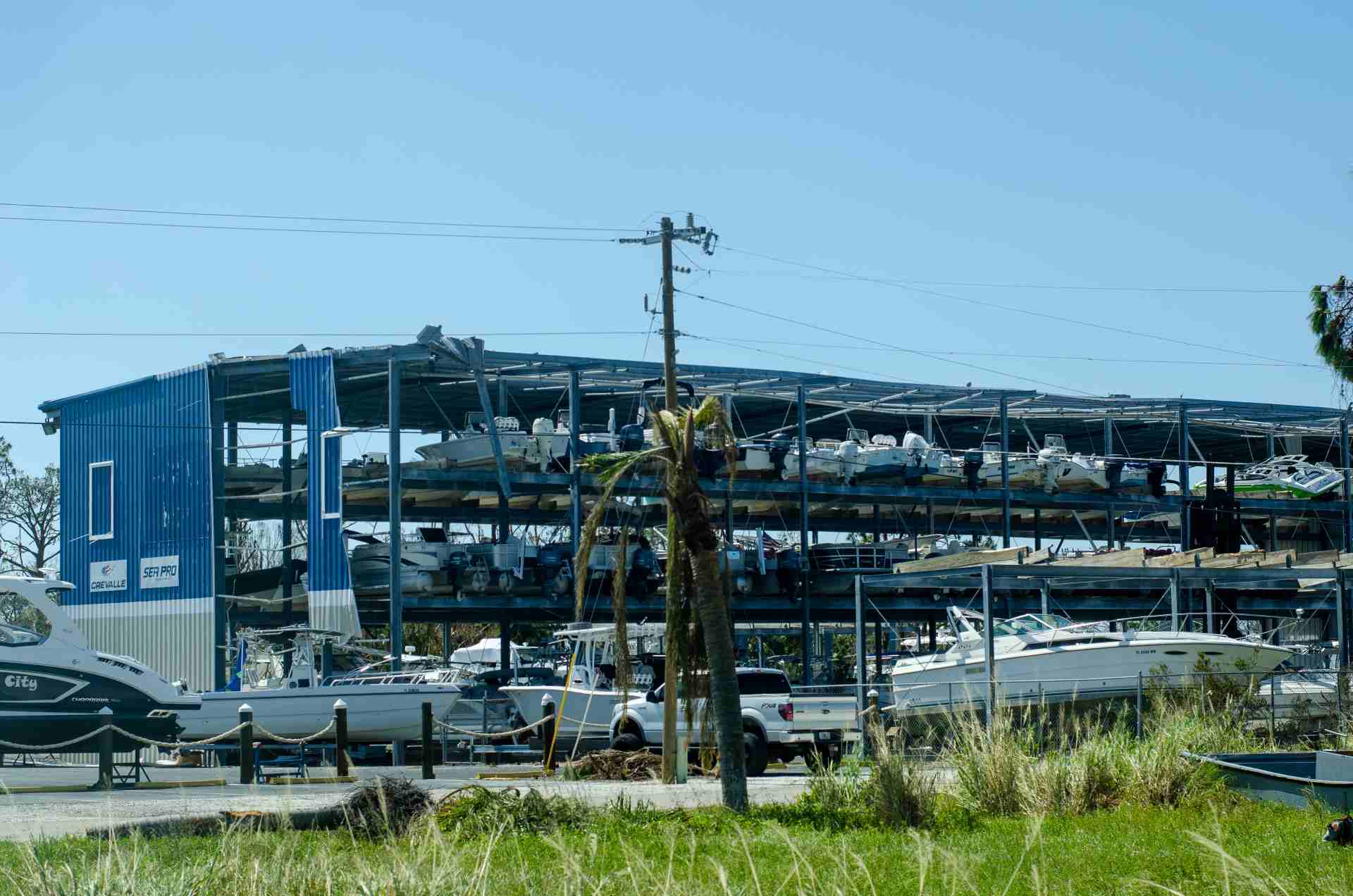The fall-winter season has started in almost all parts of the world. As we step into this magical season, hearts fill with joy and anticipation, for it heralds the beginning of the most beautiful time of the year—the festive season! But now Katrina, Arlene, Bret, Cindy, Don, and Emily may write their stories of damages and devastations, reminding us to stay prepared and resilient. Don’t be mistaken! These are not the names of any Hollywood movie characters or celebrities. These are the names of hurricanes that have hit the Caribbean region in the past. In a few parts of the US, especially the Caribbean, this corresponds to the season of hurricanes that starts in June and lasts till November.

In September 2022, when Hurricane Fiona hit the Caribbean, it moved far off the east coast of the US to Canada with enormous wind speeds. There, the storm made landfall with hurricane-force winds in the province of Nova Scotia, causing significant damage. And who can forget the 2005 Hurricane Katrina, which devastated the region around New Orleans. With overall losses of more than US$ 200bn, Katrina is still the most expensive hurricane of all time.
Since 1960, the Caribbean has experienced ~264 hurricanes, which account for 95% of the total damages from all-natural disasters.
Uninterrupted connectivity has been a significant challenge in the Caribbean
Spanning ~2.8 million square kilometres and home to over 44 million people, the Caribbean is also considered a hub of network connectivity providers. However, the major challenge for providing uninterrupted connectivity in the region is the location of the islands in the hurricane belt between North and South America. The area is dependent on network connectivity both on undersea and vulnerable pole-hung aerial cables.
During Hurricane Maria in 2017, telecom towers were toppled by storms, which took out over 95% of cell sites, leaving Puerto Ricans struggling to remain connected. Several South American countries have submarine cables that land on Caribbean islands, including Argentina and Brazil. In 2017, these countries experienced network disruptions due to power outages. Many initiatives were taken to restore the internet in that area. Telecom companies deployed mobile hotspots, and Google’s Project Loon delivered internet via balloons. According to NOVA Next, internet speeds did not return to pre-storm levels until August 2018, despite various initiatives that involved lots of investment and manpower to restore connectivity.
So, experiencing reliable connectivity has traditionally been a challenge for the people in this region. As a result, much of the region still goes without reliable broadband access.
Hurricane season is here again – Are our networks ready for it?
After Hurricane Maria devastated the Caribbean region in 2017, the network service providers were in a quest to find connectivity solutions that were precautionary instead of reactive. They started considering rebuilding their network infrastructure. They were looking for efficient optical solutions for their network infrastructure that could withstand the harsh weather conditions of hurricanes. Also, they wanted faster installation times so that their networks could be up and running at the earliest, in the least amount of time. They also started considering underground network infrastructure so that the optical wires could stay safe at the time of hurricanes, and they do not have to spend chunks of money in rebuilding infrastructure each time.
So, the ask of network operators was clear –
1- To have a quick installation solution that can save time and manpower investment
2- To establish an underground network
However, there was one big challenge they were about to face in building underground infrastructure. In the island area, the space underground is very limited for building a telecom infrastructure. To solve this, they needed high-density cables with the smallest possible diameters.
STL team of engineers approached the network providers and deep-dived into challenges
A high-density, hurricane-proof network infrastructure
STL offered pre-connected high-density microfiber cables and ribbon cables. They are ideally suited for underground installation and are specially designed for Caribbean region underground network needs with features like:
- High per-cable fibre density cables. These cables are 70% lighter and 50% smaller than standard cables but offer high fibre density and increased efficiency. They leverage space to gain high transmission capacity per fiber within the same diameter
- Faster deployment through pre-connectorized Plug and Play Solution – A simplified plug-in-a-box solution that replaces field manual labour, for example, rare splicing skills, and saves time for large-scale deployments. It brings modularity to network design through its plug-and-play features and simplifies field operations for large-scale deployments. This made the installation process easier and faster. This helped them achieve 30% faster installation with seamless central office-to-premise connectivity, realising benefits like scalability and agility, lower total cost of ownership, and extended network lifetime (up to 30 years).
These cables are not only easier to install but also easier to repair as well. Whenever there is damage by hurricanes, the network providers need to fix the connectivity within 48 hours. Now, with pre-connectorised cables, it is a simpler and quicker process. STL’s team has supplied more than 500 km of cable
Though the solution part was cracked, the next challenge was the storage of these cables in a warehouse during the deployment process. There was a great chance that a hurricane would destroy these cables, leaving them unfit for underground installation.
STL engineers were now looking for logistics support from their distributors that have cables ready to be delivered at the closest possible deployment location. They figured out that the closest distribution location would be Miami. STL took support from Power & Tel, which has a warehouse near Miami port and stored ~80% of its inventory there. This also helped in repair works whenever required post hurricanes.
Now, the next time a hurricane hits the region, the network operators will not be worried about connectivity loss. They know for sure that an alternative and regionally appropriate infrastructure has already been deployed today.




